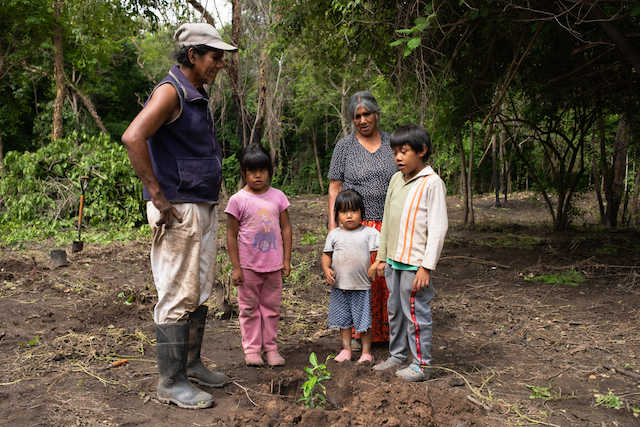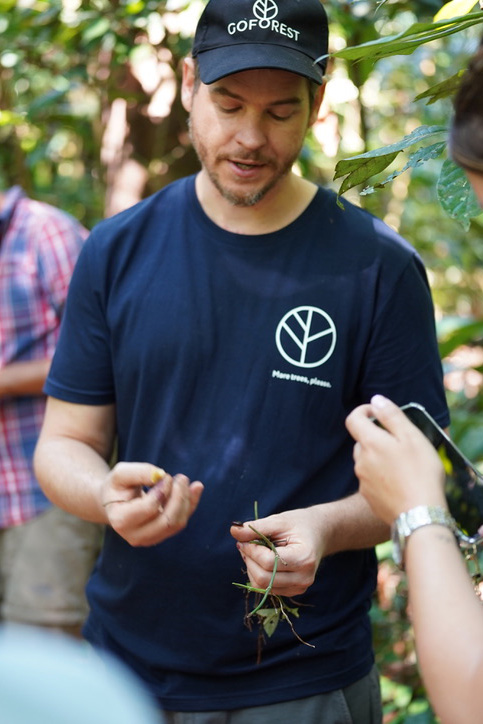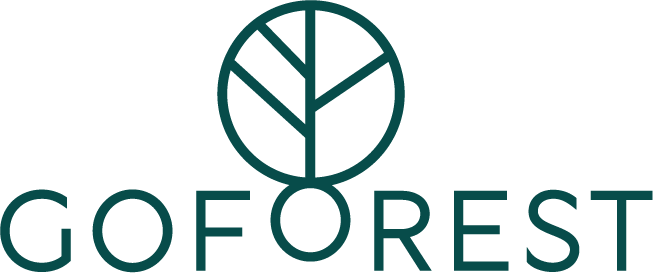The Go Forest projects are not carbon credit projects. For many people, it is not clear why the Go Forest reforestation, agroforestry, or mangrove projects are not carbon certified and do not generate carbon credits. Since trees do absorb carbon from the atmosphere, this is indeed confusing. This article will help you understand the difference between the two types of projects and why it is important that they both exist.
What are carbon credits?
A carbon certificate (also known as carbon credit or carbon offset) is proof of 1 ton of avoided or removed emissions by a climate project. A good climate project can go through a long and costly certification process by Gold Standard or Vera (the highest international standards) and in this way receive a carbon certification label. The projects are examined annually to ensure that their impact on climate change is truly effective. The project partner monitors and reports emission reductions using rigorous methodologies. Carbon credits generated by a certified climate project are issued to a registry and can be bought and sold until they are used by organizations for offsetting carbon emissions and are, therefore, retired.

Examples of a carbon project are a reforestation project in which trees are planted that capture carbon; a cookstove project that avoids carbon being released in the atmosphere by introducing an innovative method of cooking; a forest conservation project that avoids deforestation and carbon release; and so on.
Greenhouse gases expressed in CO2e
With the word “emissions”, we target several types of greenhouse gases (GHGs) expressed in carbon dioxide equivalents (CO2e). All GHGs have a lower or higher global warming potential compared to carbon (CO2). For simplicity, all GHCs are expressed in terms of carbon dioxide equivalents, or CO2 equivalents (CO2e). By converting the GHGs to CO2e, it is possible to compare the contribution of these different gases to the warming of the planet and take account of them in the efforts to reduce the carbon impact of a business.
The carbon credit market
After they are generated, carbon credits are issued to a registry and can be bought and sold until they are used for offsetting carbon emissions. The creation of carbon credits, therefore, leads to the existence of the voluntary carbon market in which carbon credits are traded.
What are carbon credits used for?
Carbon credits are used for carbon offsetting. An organization can offset the emissions from its business by contributing financially to a certified climate project worldwide, by buying carbon credits with an emission reduction value equal to the emissions of its business.
To offset or compensate for emissions, you need to go through an extensive process: You must calculate your emissions, you must reduce these emissions by transforming existing processes or implementing innovative ways of working, and finally, you can buy carbon certificates to compensate for the remaining emissions.
Offsetting your emissions by buying carbon credits is only a legitimate practice after emission reduction efforts.
- A carbon credit is proof of 1 ton of avoided or removed emissions by a climate project.
- Carbon projects undergo robust certification procedures ensuring their integrity.
- All greenhouse gases avoided or removed can be included in the 1 ton of avoided or removed emissions, resulting in the carbon credit.
- Carbon credits are issued to a registry and are tradable, until retirement.
- Carbon credits are used to offset an individual or organization’s carbon footprint, after calculation and reduction efforts.
The Go Forest projects
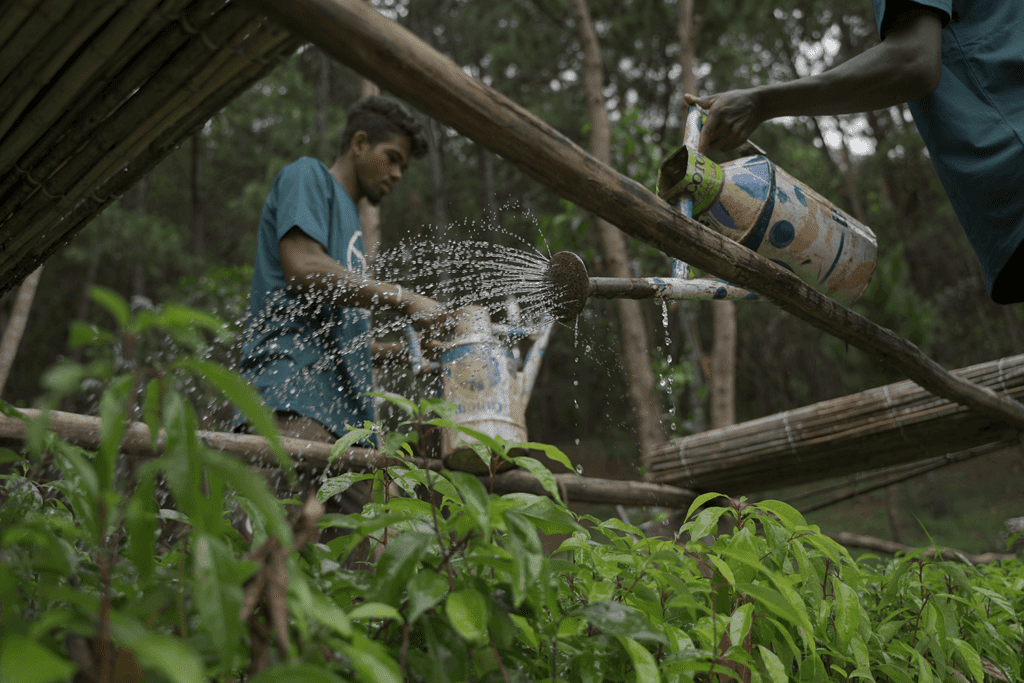
Go Forest exists to get smaller projects – not financially ready or not eligible for carbon certification – off the ground and to support implementation.
First of all, for smaller climate projects, it is often not the best choice to apply for carbon certification. Although generating carbon credits and selling these is a reliable income stream, the certification process involves a lot of time and costs. The high investment to get certified is, therefore, often only interesting on a large scale.
Secondly, the potential positive impact linked to tree planting is complementary to the carbon sequestration capacity of trees. Carbon-certified climate projects focus on emission avoidance or emission reduction. At Go Forest, we like to take the full scope of impact into account. The projects in our portfolio have a positive impact on local communities, economic development, food security, and so on. In addition, it is not only about planting trees, but also ensuring a period of monitoring and maintenance, until the trees are self-sustaining. The focus on these kinds of impacts is complementary to earning carbon credits.
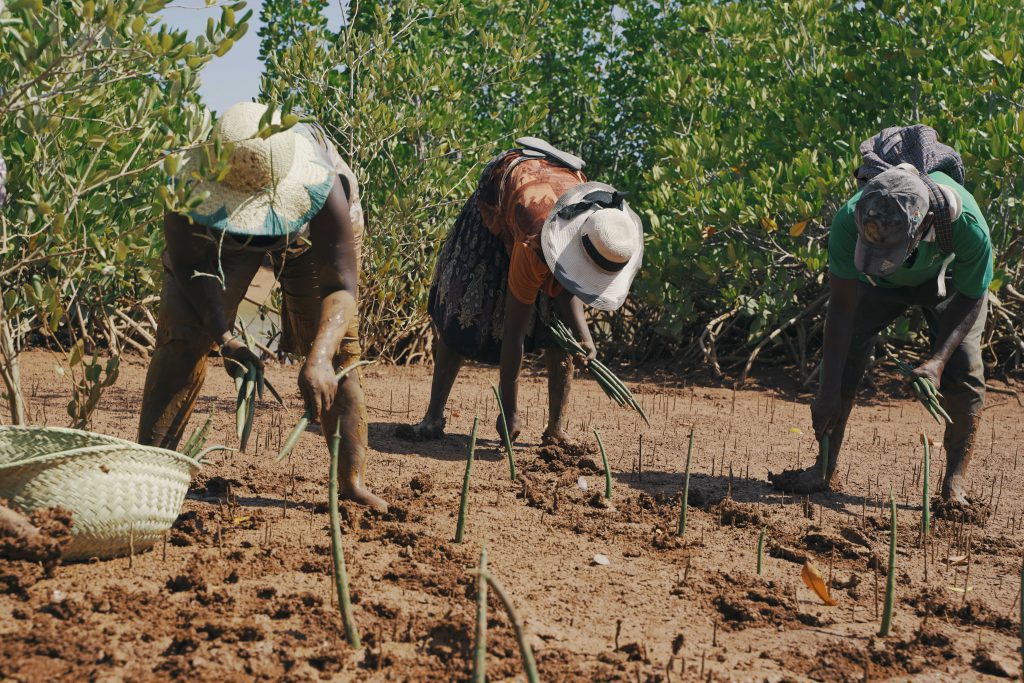
A third reason that young projects cannot get certified is that carbon credits have strict rules. An example of one of these rules is that a project on land that was deforested less than 10 years ago is not eligible to certify. If we must wait with restoring for ten years, the landscape will become less resilient and less biodiverse. For ten years, there will be no step in the right direction, although climate change is happening right now. We need trees to keep nature in balance and avoid the Earth’s temperatures to rise even further.
It would be a pity if the land needs to lay bare for 10 years before a project can be set up to restore the landscape. That is why the existence of Go Forest and its project partners in comparison to climate projects generating carbon credits is important, if not crucial, to solve the climate crisis.
What defines your choice?
Whether you eventually choose a carbon credit project or a Go Forest project depends on what you want to claim:
- If you want to have a carbon-neutral company with a CO2 neutral label that proves that you can work with one of our partners working with carbon credit projects: CO2logic or Greentripper.
- If you want to plant trees with a wide scope of impact and communicate about this in a tangible and fun way, you can become part of the Go Forest family.
Both kinds of initiatives are important, and both contribute to a better world.
“The potential positive impact linked to tree planting is complementary to the carbon sequestration capacity of trees.“
